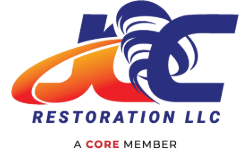When a disaster strikes, the first priority is always safety. Once you have evacuated to a safe location, you can begin to think about salvaging your belongings. The following tips will help you decide what is worth saving and how to go about doing it.
The first step is to assess the damage. If your home has been completely destroyed, it is unlikely that anything inside will be salvageable. However, if there is only partial damage, you may be able to save some of your belongings. Be sure to wear protective clothing, such as gloves and a dust mask, when handling damaged items.
Next, you will need to decide what is worth saving. Sentimental value is always the most important consideration, but you may also want to save items that are expensive or difficult to replace. If you are unsure, it is best to err on the side of caution and save as much as possible.
Once you have decided what to save, you will need to clean and disinfect all of your belongings. This is especially important if they have been exposed to floodwaters or other contaminated liquids. You can use a mixture of bleach and water to disinfect most items.
After you have cleaned and disinfected your belongings, you will need to dry them out as much as possible. If possible, put them in a sunny spot or use a fan to help speed up the drying process. Once they are dry, you can begin the process of repairing and restoring them.
If you follow these tips, you will be able to salvage many of your belongings after a disaster.
Sources:
https://www.cdc.gov/disasters/cleanup.html
https://www.redcross.org/get-help/how-to-prepare-for-emergencies/types-of-emergencies/flood/after-a-flood.html
https://www.fema.gov/restore-your-property
